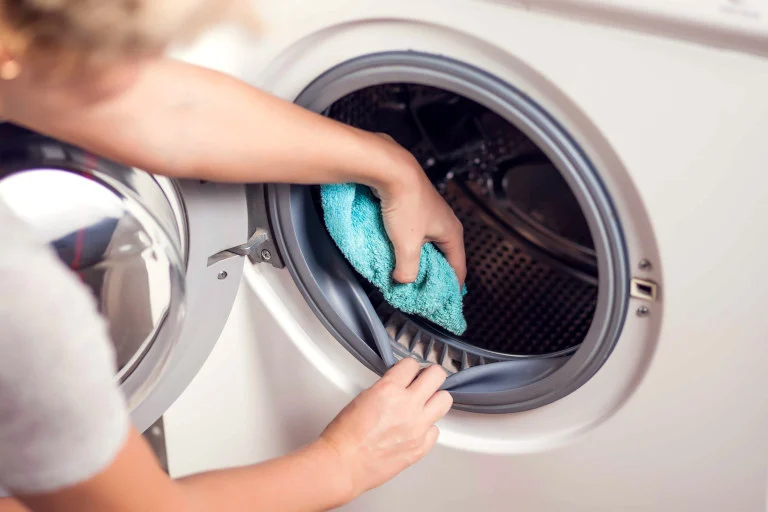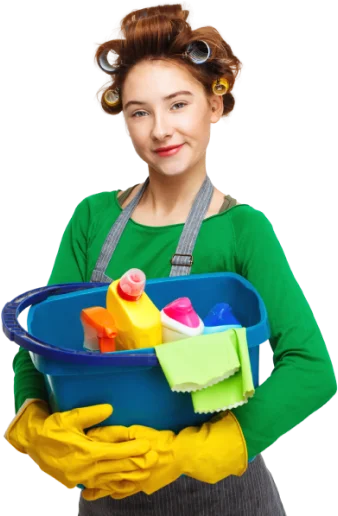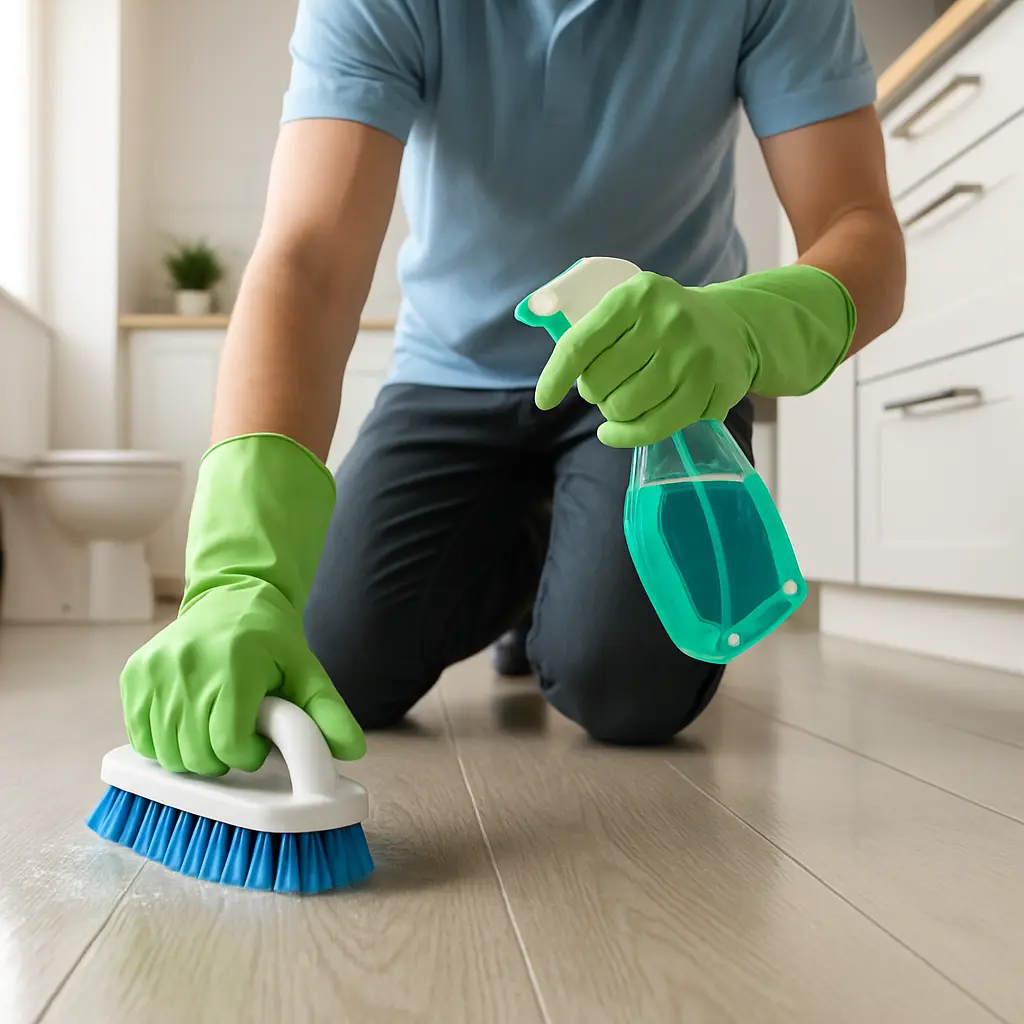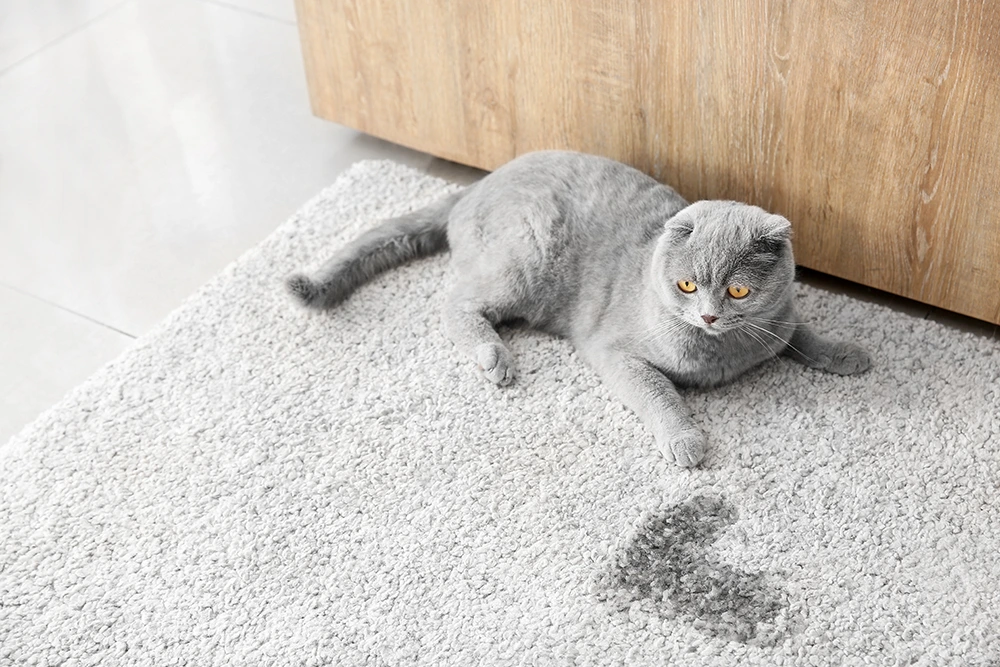
How to Clean Your Washing Machine Properly (With Household Products)
Want to know how to clean your washing machine the right way? Keeping your appliance clean is essential for hygienic laundry and long-term performance. Over time, detergent residue, fabric softener, and dirt can build up in hidden parts of your washing machine, causing unpleasant odours and lowering efficiency.
In this guide, you’ll learn how to clean every part of your washing machine using simple, effective household items like vinegar and baking soda. Whether you’re doing regular maintenance or tackling built-up grime, we’ve got you covered.
Why You Should Clean Your Washing Machine
Many assume washing machines clean themselves while in use. In reality, regular maintenance is key to preventing issues such as:
- Musty odours from mould and mildew
- Poor cleaning results from detergent buildup
- Shortened appliance lifespan
- Clogged filters and drainage problems
By cleaning your machine monthly or every few months (depending on usage), you’ll ensure fresh-smelling laundry and optimal performance.
How Often Should You Clean It?
Here are some basic guidelines:
- Light use (1-2 washes/week): Every 3 months
- Moderate use (3-5 washes/week): Every 2 months
- Heavy use (daily): Monthly
If you notice odours, detergent residue, or poor wash performance, it’s time to give it a clean.
Step-by-Step: How to Clean a Washing Machine
1. Clean the Detergent Drawer
Remove the drawer and soak it in warm, soapy water. Use an old toothbrush to scrub away residue, especially in corners. Dry and return the drawer.
2. Clean the Filter
Usually located at the bottom front panel, the filter catches coins, lint, and small items. Place a towel and shallow container underneath before opening it. Remove debris, rinse under water, and reinstall it securely.
3. Clean the Drum
Pour 1 cup of white vinegar directly into the drum and run the hottest wash cycle (empty, no laundry). This helps dissolve limescale, kill bacteria, and remove odours.
4. Add Baking Soda for Extra Freshness
After the vinegar cycle, sprinkle half a cup of baking soda into the drum and run another hot cycle. This boosts freshness and helps neutralise any lingering odours.
5. Clean the Door Seal
Wipe the rubber seal using a cloth soaked in vinegar or mild detergent. Gently pull back the folds to remove hidden debris, hair, or mould.
6. Clean the Exterior
Use a damp microfiber cloth with a little dish soap to wipe down the exterior, control panel, and door. Avoid spraying directly into buttons or vents.
Extra Tips to Keep It Fresh
- Leave the door open after each wash to allow ventilation
- Avoid overloading the machine
- Use the right amount of detergent (check your manual)
- Run a monthly hot wash with vinegar if no self-clean cycle exists
Can You Use Store-Bought Cleaners?
Yes, there are many washing machine cleaning tablets or liquids available. These are effective, but vinegar and baking soda are excellent eco-friendly alternatives that save money.
When to Call a Professional?
If your washing machine has a persistent smell, won’t drain, or you’re unsure how to remove internal parts like filters, it’s best to book a professional appliance cleaning.
Need help? At Shining Oven, we offer deep appliance cleaning services that ensure your washing machine looks and functions like new.
Final Thoughts
Cleaning your washing machine isn’t difficult—and it makes a noticeable difference in both cleanliness and energy efficiency. With just a few household items and 30 minutes of effort, you can extend the life of your appliance and enjoy fresher laundry.
Ready for a deeper clean?
Book a service with Shining Oven or contact us for more appliance cleaning solutions.

 1.svg)
 CALL US FOR FREE QUOTE
CALL US FOR FREE QUOTE 



 Blog
Blog About us
About us 1.svg) Contact
Contact.svg) Bookings
Bookings Cleaning address
Cleaning address Requisites (for business)
Requisites (for business) 1.svg) Contact details
Contact details







